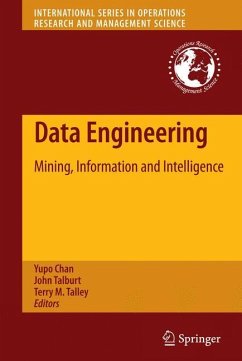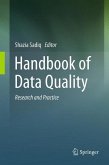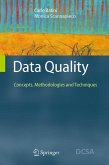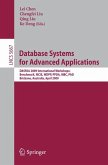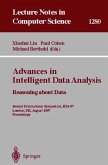It is quite clear that the world is awash in all kinds of data. In fact, the sheer volume of data adds little value to human activity and choices. The key to the vast amounts of data and information available to us is to distill and organize the data into information that we can productively use. Therefore, the most desirable information is that information which can be used to provide insight and intelligence for actionable strategies. DATA ENGINEERING: Mining, Information and Intelligence focuses specifically on applied information-warehousing and data-mining research that is being used or can be used by both academic researchers and industry enterprises. Moreover, the book will be the first to categorize and synthesize the diverse methodologies that are used in these interrelated fields into a structured approach entitled, Data Engineering.
DATA ENGINEERING: Mining, Information, and Intelligence describes applied research aimed at the task of collecting data and distilling useful information from that data. Most of the work presented emanates from research completed through collaborations between Acxiom Corporation and its academic research partners under the aegis of the Acxiom Laboratory for Applied Research (ALAR). Chapters are roughly ordered to follow the logical sequence of the transformation of data from raw input data streams to refined information. Four discrete sections cover Data Integration and Information Quality; Grid Computing; Data Mining; and Visualization. Additionally, there are exercises at the end of each chapter.
The primary audience for this book is the broad base of anyone interested in data engineering, whether from academia, market research firms, or business-intelligence companies. The volume is ideally suited for researchers, practitioners, and postgraduate students alike. With its focus on problems arising from industry rather than a basic research perspective, combined with its intelligent organization, extensive references, and subject and author indices, it can serve the academic, research, and industrial audiences.
DATA ENGINEERING: Mining, Information, and Intelligence describes applied research aimed at the task of collecting data and distilling useful information from that data. Most of the work presented emanates from research completed through collaborations between Acxiom Corporation and its academic research partners under the aegis of the Acxiom Laboratory for Applied Research (ALAR). Chapters are roughly ordered to follow the logical sequence of the transformation of data from raw input data streams to refined information. Four discrete sections cover Data Integration and Information Quality; Grid Computing; Data Mining; and Visualization. Additionally, there are exercises at the end of each chapter.
The primary audience for this book is the broad base of anyone interested in data engineering, whether from academia, market research firms, or business-intelligence companies. The volume is ideally suited for researchers, practitioners, and postgraduate students alike. With its focus on problems arising from industry rather than a basic research perspective, combined with its intelligent organization, extensive references, and subject and author indices, it can serve the academic, research, and industrial audiences.

